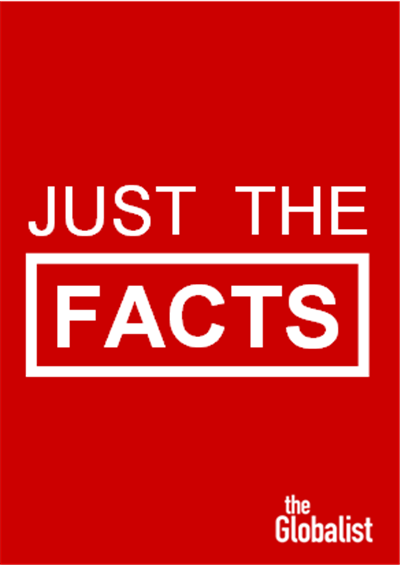Myanmar: An Atmosphere of Persecution
The transition to democracy has not included protections for minorities like the Rohingyas.

1. Myanmar’s military-backed, fledgling democratic government, led by Aung San Suu Kyi, is currently in the global headlines.
2. Acts of genocide are being committed against the country’s Rohingya ethnic minority.
3. Until 1989 officially known as Burma, Myanmar is a poor country on the Bay of Bengal. It was annexed by the British in 1886.
Indonesia: Colonial Independence and the Cold War
Thailand: Southeast Asia’s Buffer Country
4. In the Myanmar government’s narrative, the Rohingya or their ancestors were imported from India by the British Empire as laborers in the 19th century.
5. This might apply to some, but not all Rohingya people, many of whom lived there before the British arrival.
6. Based on this narrative, the government’s official position, which it has maintained for decades, is that the 1.5-2 million Rohingya people are non-citizen aliens from Bangladesh.
7. This claim flies in the face of centuries of local ethnic and religious diversity in the border region next to what is Bangladesh today.
8. The Rohingyas mainly live in Myanmar’s Rakhine State. That coastal border region of Burma was added to the British Raj in India (including today’s Pakistan, India and Bangladesh) in 1858.
9. Moreover, at the time of independence, Rohingya were initially legally recognized as a major ethnic minority within the country.
10. Most Rohingya, who tend to have darker skin than the country’s Bamar majority, are Muslim, but some are Hindu, whereas the country is overwhelmingly Buddhist.
11. Significant discrimination against this Muslim minority had been slowly growing since the 1970s, and there were violent incidents in 2012.
12. That animosity against the Rohingya minority in Myanmar turned virulent in late 2016.
13. The current ethnic cleansing effort has included destroying villages, massacring civilians and deporting residents to neighboring Bangladesh.
14. A very majoritarian style of democracy and civilian dependence on military cooperation during the transition (2011-present) have contributed to an atmosphere allowing persecution.



























